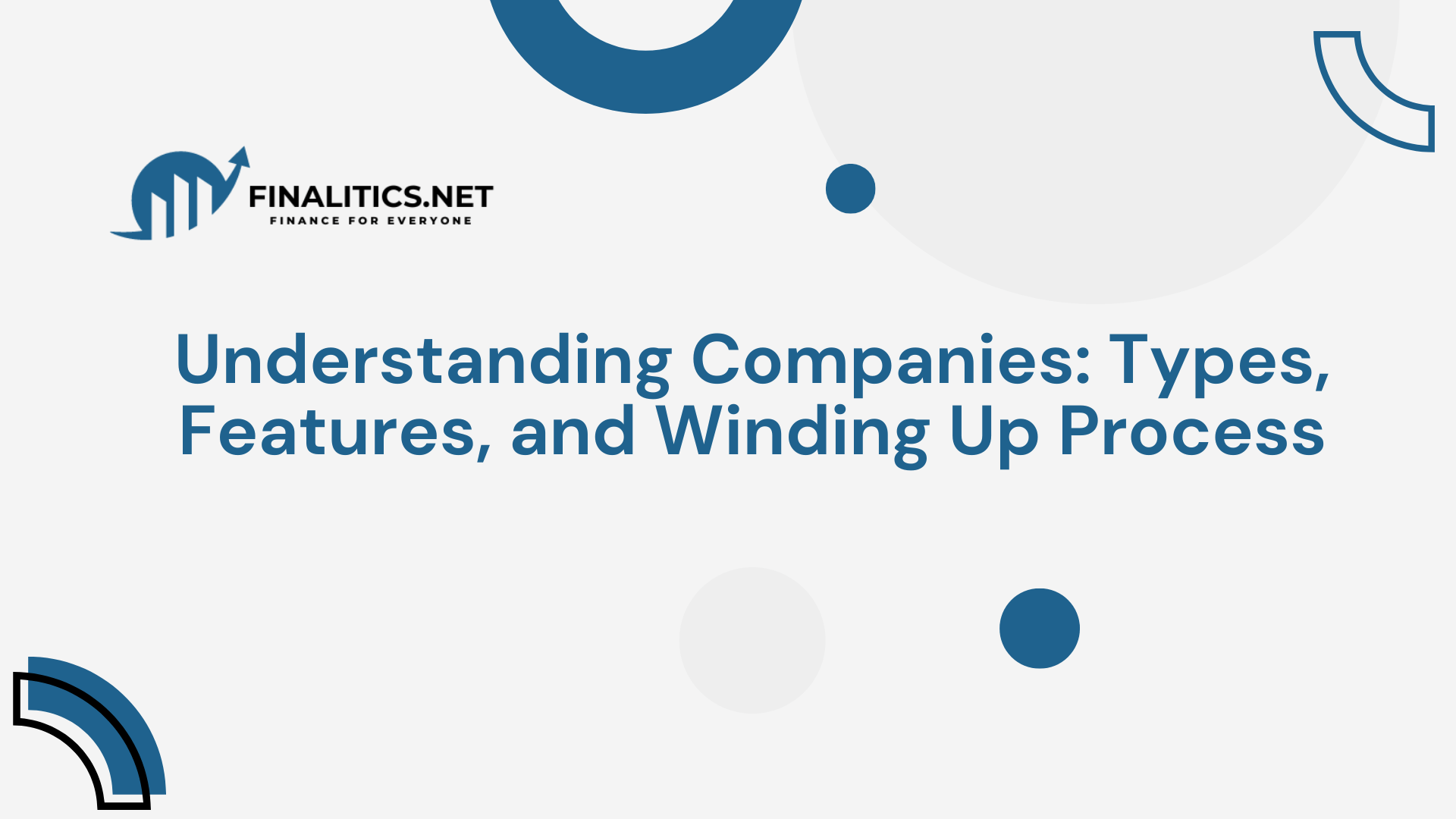When we talk about a company’s income, the first big number we notice is revenue. But here’s the catch—just because money is received doesn’t mean it can be called revenue right away. Accounting has clear rules about when and how a company can officially recognize revenue. Let’s break it down step by step in easy words.
What is Revenue Recognition?
Revenue recognition is the principle that decides when a company can say it has earned money from selling a product or providing a service.
- If goods are sold for cash → revenue is recognized at the time of sale.
- If goods are sold on credit → revenue is still recognized at the time of sale, but recorded as Accounts Receivable.
- If money is received before delivery → it’s called Unearned Revenue (a liability) until the goods/services are delivered.
In short, Revenue is recognized when it is earned, not necessarily when cash is collected.
The Five-Step Model of Revenue Recognition (IFRS 15 / ASC 606)
Modern accounting standards (both IFRS and U.S. GAAP) follow a five-step process:
- Identify the contract with the customer.
There must be an agreement that sets rights and obligations. - Identify performance obligations.
These are the promises made—like specific goods or services the customer will get. - Determine the transaction price.
This is how much the company expects to receive. It could be fixed or variable (like discounts, bonuses, or penalties). - Allocate the transaction price to each performance obligation.
Split the total price based on the value of each promise. - Recognize revenue when obligations are satisfied.
Revenue is recorded when control passes to the customer—either all at once or gradually.
When is Revenue Recognized?
Revenue can be recognized in two ways:
1. At a Point in Time
When the customer gains control of the goods/services. Indicators include:
- Customer has physical possession.
- Customer accepts the goods.
- Customer has legal title and risks/rewards of ownership.
2. Over Time
When the customer benefits as the service is provided (like maintenance contracts or construction projects). This applies if:
- The customer receives benefits while the work is done,
- The work creates/enhances an asset the customer controls, or
- The work is highly customized and can’t be redirected elsewhere.
Example: Long-Term Construction
Imagine a company building a warehouse for $10 million, with estimated costs of 8 million dollars.
- Year 1: Costs = $4 million (50% complete). Revenue recognized = 5 million dollars.
- Year 2: Costs = $2 million (now 75% complete). Total revenue to date = 7.5 million dollars, so 2.5 million dollars is recognized in Year 2.
This method matches revenue to the progress of the project.
Special Situations in Revenue Recognition
1. Principal vs. Agent
- Principal: Company controls goods before sale → reports full sale as revenue.
- Agent: Company only arranges the sale (like a travel agent) → reports only commission as revenue.
Example: A travel agent sells a $10,000 ticket and earns 1,000 in commission.
- As Principal → Revenue = $10,000, Expense = 9,000 dollars.
- As Agent → Revenue = $1,000.
Profit is the same, but reported revenue looks very different.
2. Franchising & Licensing
A fast-food brand earns money in different ways:
- Sales from company-owned outlets.
- Franchise fees (often deferred and recognized over contract life).
- Royalties (e.g., 2% of franchisee sales, recognized periodically).
3. Software Sales
- Right-to-use license (“sold as is”) → revenue at the start.
- Right-to-access license (includes ongoing updates/upgrades) → revenue spread over the license term.
- Cloud-based subscription (SaaS) → revenue recognized over time.
4. Bill-and-Hold Agreements
Sometimes customers pay before goods are shipped, but ask the company to hold the items. Revenue can only be recognized early if:
- The customer requests it,
- Goods are complete and set aside for that customer, and
- Goods can’t be redirected to someone else.
Why This Matters for Investors
- Timing vs. Cash: A company can show revenue even if cash hasn’t arrived yet. Watch receivables closely.
- Deferred Revenue: High unearned revenue means future revenue is already secured.
- Gross vs. Net Reporting: Principal vs. Agent reporting can make revenue numbers look very different.
- Estimates & Judgments: Warranties, discounts, and long-term contracts involve management’s assumptions, which impact revenue timing.
Final Thoughts
Revenue recognition is not just about sales—it’s about when control passes to the customer. The five-step model ensures consistency:
- Contract → 2. Obligations → 3. Price → 4. Allocation → 5. Recognition.
By understanding this principle, anyone—from a student to an investor—can read financial statements with more confidence and spot how companies really earn their money.

